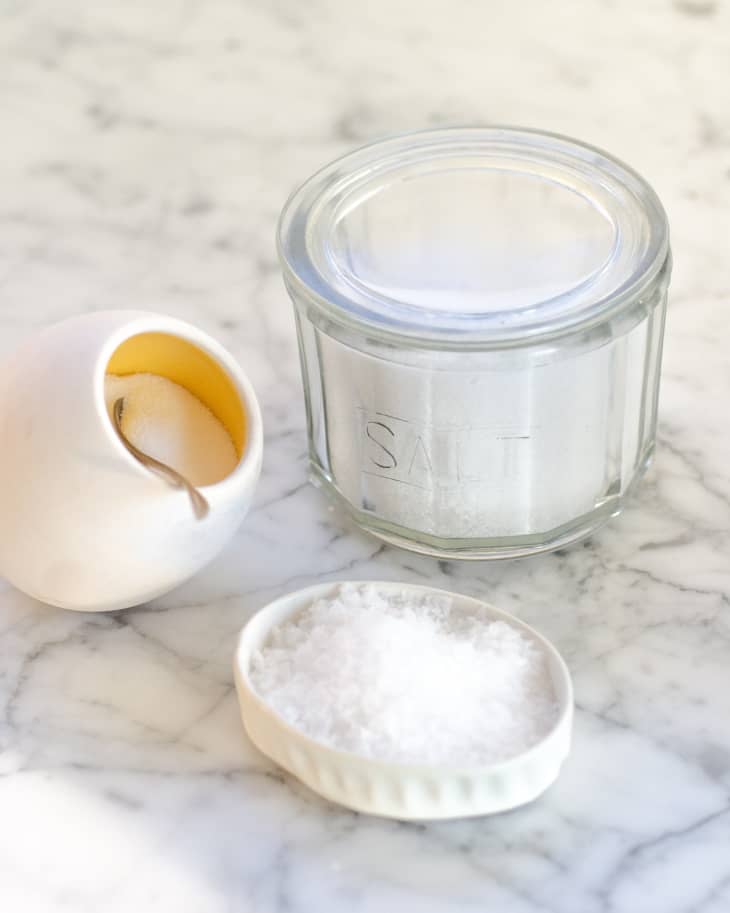3 Reasons Salt Is a Smart Cleaning Choice
Salt is basically magical. It makes everything taste, well, better. It takes chocolate from sweet to surprisingly savory. It makes potato chips irresistible. And we all know how amazing that bite of cookie is when you hit a small patch of salt that hasn’t been mixed in.
It’s also pretty useful when it comes to non-cooking matters. Allow us to geek out for a little bit while we talk about what makes salt so good for cleaning.
But first, a few basics.
It used to be that buying salt was pretty simple. These days, it’s anything but. Stroll down your grocery store’s spice aisle and, chances are, you’ll be confronted with at least a dozen different salt options, if not more.
But whether it’s sel de mer from France or plain old table salt, salt is essentially the same. Made of one atom of sodium and one of chlorine, salt has a slight charge, which makes it highly attractive to water. That’s why salt is a good preservative for processes like pickling and drying. This water-absorbing quality is also the reason that salt lowers the freezing point of water (and why you toss the stuff on your front walkway during the winter).
But how does it work when it comes to cleaning? We’re glad you asked. Here are three properties of salt that makes it a must in your cleaning kit.
1. Salt is abrasive.
If you’ve ever given salt a close-up look, you know that it’s made up of little crystals. The individual grains of salt have sharp edges that, much like sandpaper, can be used to scrape away at stains, bits of food, icky deposits, and other residues. And, since salt is something we eat anyway, it can be used on surfaces that touch food.
Combine salt with an acid (like vinegar) and you can scrub rust off pretty much any surface. Or mix some salt with olive or vegetable oil to remove liquid damage to wooden furniture without drying it out.
2. Salt is absorbent.
In the days when butcher shops were the norm, customers might have glimpsed an unused wooden cutting board covered in salt. It was a tradition among butchers, and there was a real scientific reason behind it: Salt absorbs the liquids that get into grooves in butcher’s blocks. The upshot? Disease-causing bacteria has no place to reproduce.
Salt’s absorbency can be surprisingly useful off the cutting board. Sprinkle salt on fresh liquid spills (like red wine) to prevent them from staining carpets or clothes. Pour a bit of salt in moist, stinky shoes, let sit overnight, and find them refreshed in the morning.
3. Salt is acid’s best friend.
When salt dissolves into an acid like lemon juice or vinegar, sodium and chlorine atoms are set loose and these charged particles can — and do — create powerful chemical reactions: Salt and vinegar can keep drains clear. A salt-and-vinegar paste will help your oven sparkle or get rid of rust on all sorts of surfaces. Put salt in half a squeezed-out lemon to deep-clean your wooden cutting boards or to polish stainless steel fixtures.
In short, salt is a gentle abrasive and an effective absorber all by itself; when combined with vinegar or lemon juice — watch out!
Do you shake things up and use salt in your cleaning routine?
